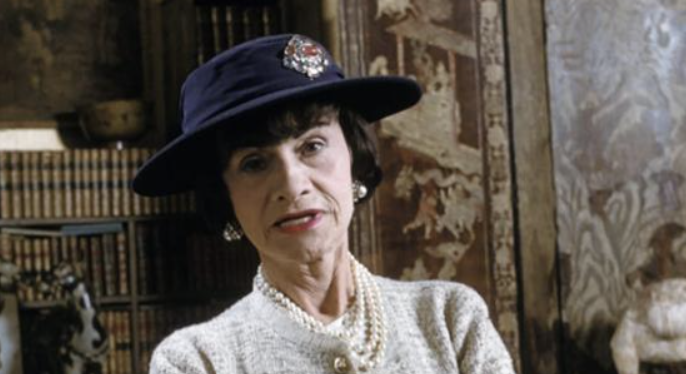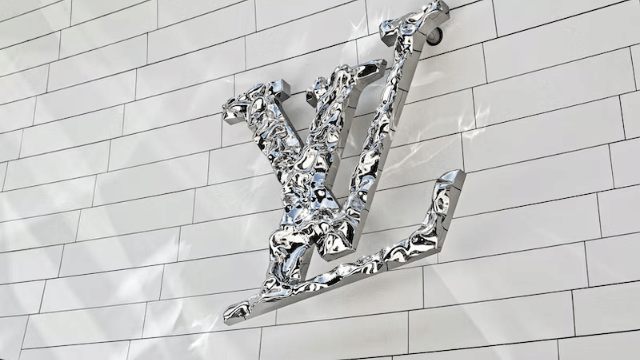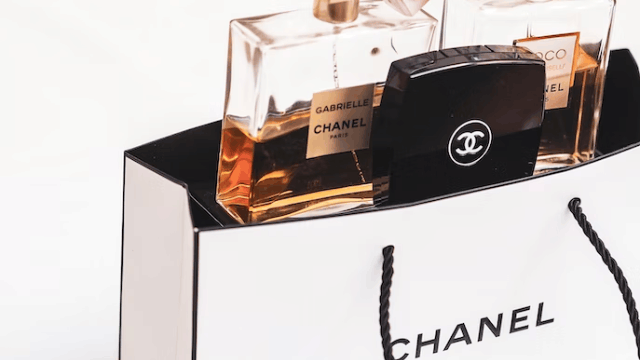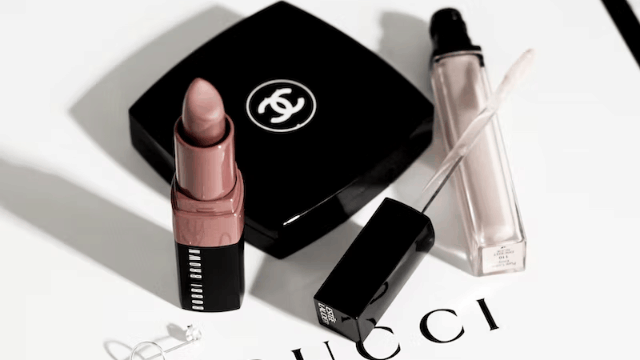Gabrielle Chanel (19 August 1883 - 10 January 1971) was born in Saumur (France). French fashion designer and founder of the Chanel brand.
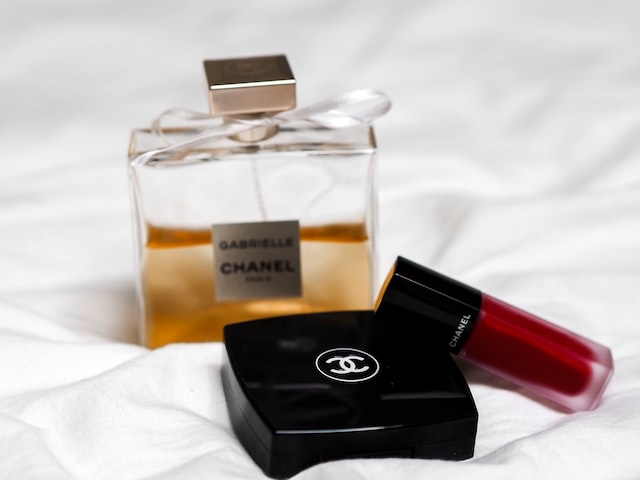
In 1914, Coco opened two boutiques, and Chanel was born, a brand that would influence the future. In 1983, twelve years after Chanel's death, Karl Lagerfeld took over as fashion director of the Chanel Group, but the spirit of Chanel is still used in the design of each new season.
Gabrielle Chanel, with her modernist vision, her masculine style and her simple designs that were expensive, became one of the key figures in 20th century fashion. She championed femininity, giving women freedom of movement without losing their gentle elegance. The brand's classic 2.55 handbag originated from Chanel's determination to free women's hands to carry bags with thin chains. Her influence on couture women's wear led to her being named by Time magazine as one of the 100 most influential people of the 20th century.
Gabrielle Chanel's personal quote - "May my legend remain as vivid as ever in the hearts of men".
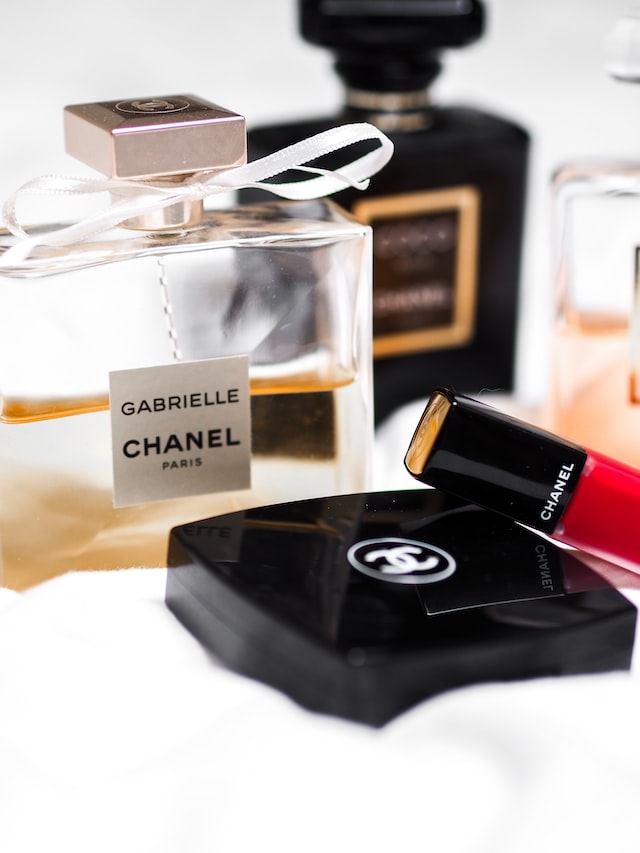
Growing up
Gabrielle Chanel was born in 1883 in Saumur, France, where her mother worked in a poorhouse and gave birth to her. (She was the second child of a poor French unmarried couple (but Chanel claims she was born in 1893 and in Auvergne in the mountains of southern France). Her father was a grocery vendor from the Cevennes and her mother was a shepherdess from the Auvergne. In fact, her origins have been the subject of many different legends, and Chanel's efforts to avoid and conceal them until the end of her life have further clouded her origins.
In 1889, when she was six years old, her mother died and her father left her and her four siblings behind. She was raised by her aunt and attended the Convent School as a child, where she learnt to sew.
The road to fame
In 1905, when she was twenty-two, she became a 'cafe singer' and took the stage name 'Coco', singing in various concert halls and cafes to earn her living. During her career as a singer, Coco met two regular customers who became her lovers: a British industrialist and a wealthy army officer.
In 1910, Coco opened a millinery shop in Paris, where she was able to stitch and sew hats that were simple and durable. Two of her confidants introduced her to many famous customers. At the time, women were tired of fancy trimmings, so Chanel's simple, comfortable hats were as refreshing to them as a fountain of water.
In 1911, within a year, business had increased and Coco moved her shop to the more fashionable neighbourhood of Rue Cambon, which is still the base of Chanel's headquarters today. The hat business was never enough to satisfy Coco's ambitions, so she moved into Haute Couture.

In 1914, Coco Chanel opened two boutiques and the fashion house Chanel, which would have a profound impact on future generations, was officially born.
In the 1920s, Chanel created a number of innovative styles, such as the tricot sailor dress, the little black dress and the bottle-neck overcoat. Coco took inspiration from menswear and added a more masculine flavour to women's clothing, which in the 1920s was only worn by women. In the 1920s, women only wore dresses. She also changed the flamboyant style of women's clothing, for example by adding the blazer to the women's collection and introducing women's trousers.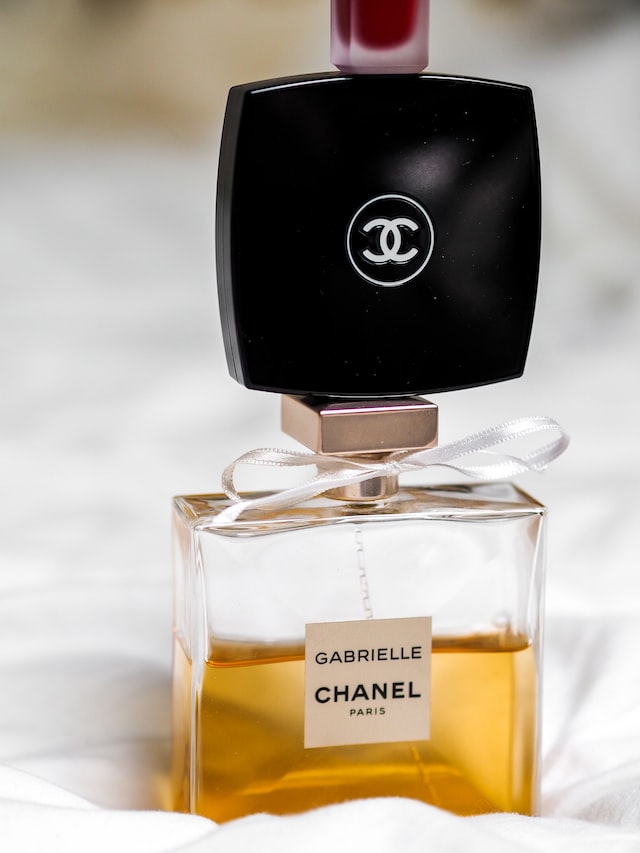
In 1921, Chanel launched Chanel No 5, the first fragrance ever to be named after a designer, with Nicole Kidman as its spokesperson. The "double C" symbol has made the perfume the most profitable product in Chanel's history, and it has endured throughout time, and is still a highlight on Chanel's official website.
When the Second World War broke out in the 1930s and 1940s, Coco Chanel closed down her shop and took refuge in Switzerland with a Nazi officer she was in love with.
Returning to the industry
In 1954, Coco returned to France and was determined to make a comeback, quickly capturing the hearts of Parisian women with her usual simple and natural womenswear style. Short tweed coats and bell-bottom trousers are just some of Coco Chanel's post-war creations. Or perhaps it should just be said that Chanel's style remained simple and elegant after the war, using mostly Tartan checks or Nordic geometric prints, camellias and often tweed for comfort and naturalness.
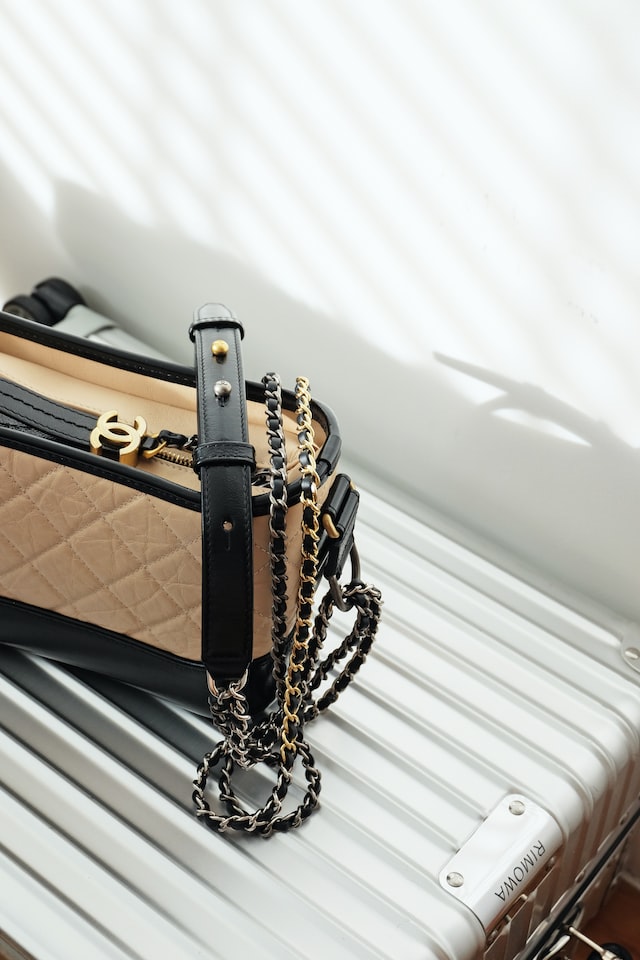
She died in her room at the Hotel Ritz in Paris on 10 January 1971 at the age of 88. She lived her life in the spirit of Chanel, which was meticulous, luxurious and never out of fashion. Her tombstone is carved with the heads of five stone lions. Chanel's design studio in Paris, under the management of Karl Lagerfeld, remains the top studio in fashion today.




